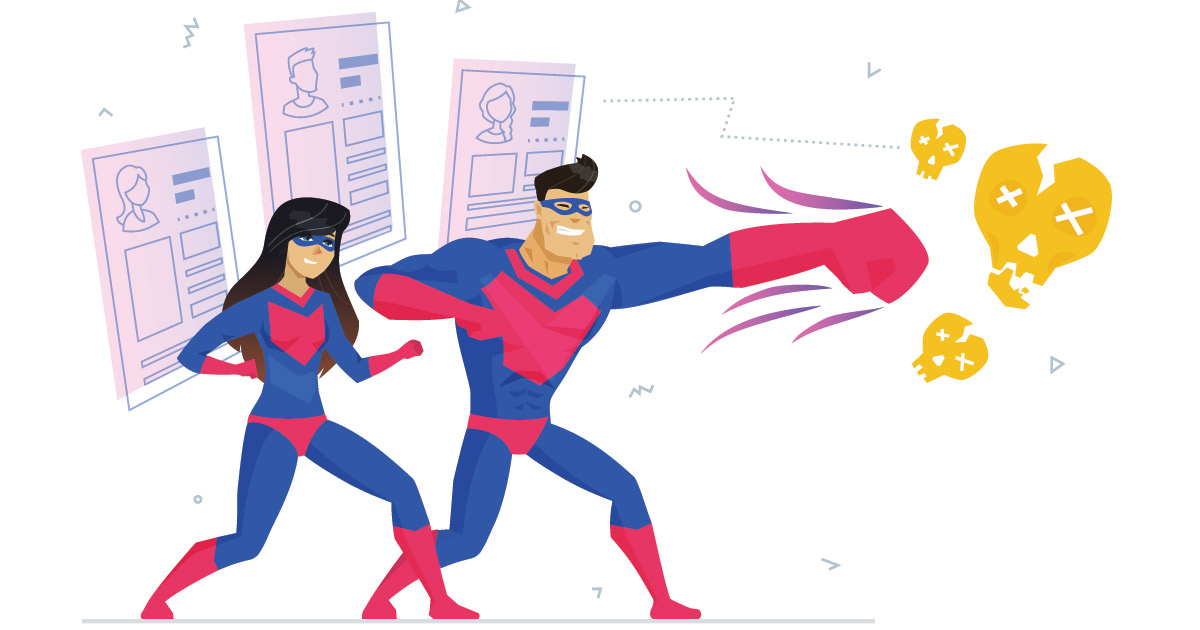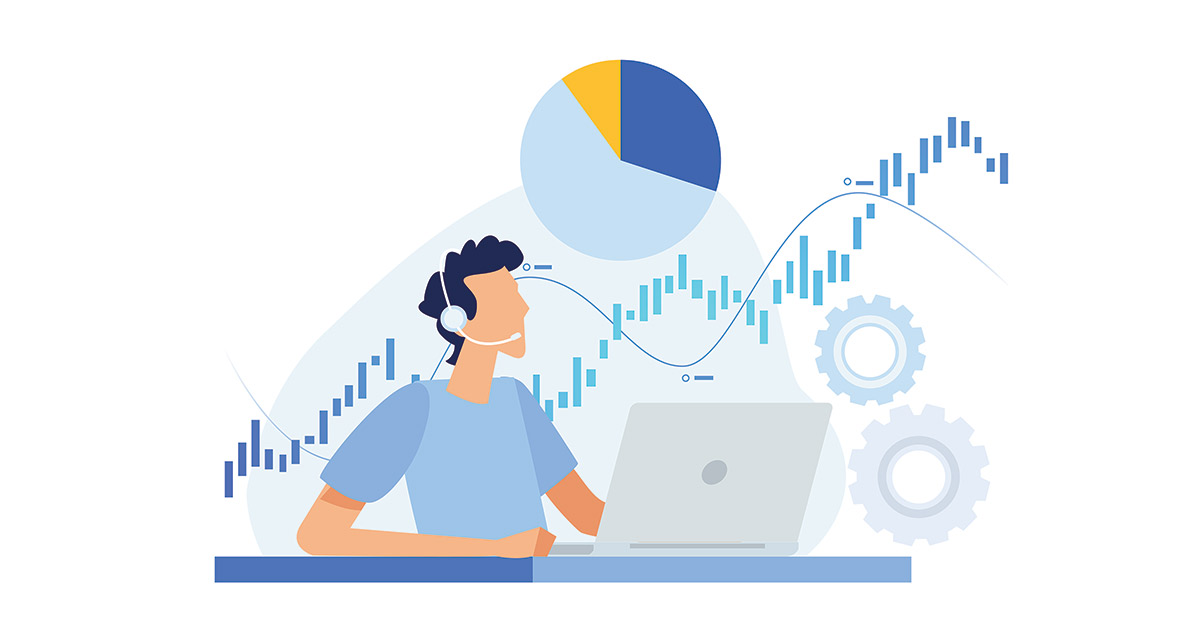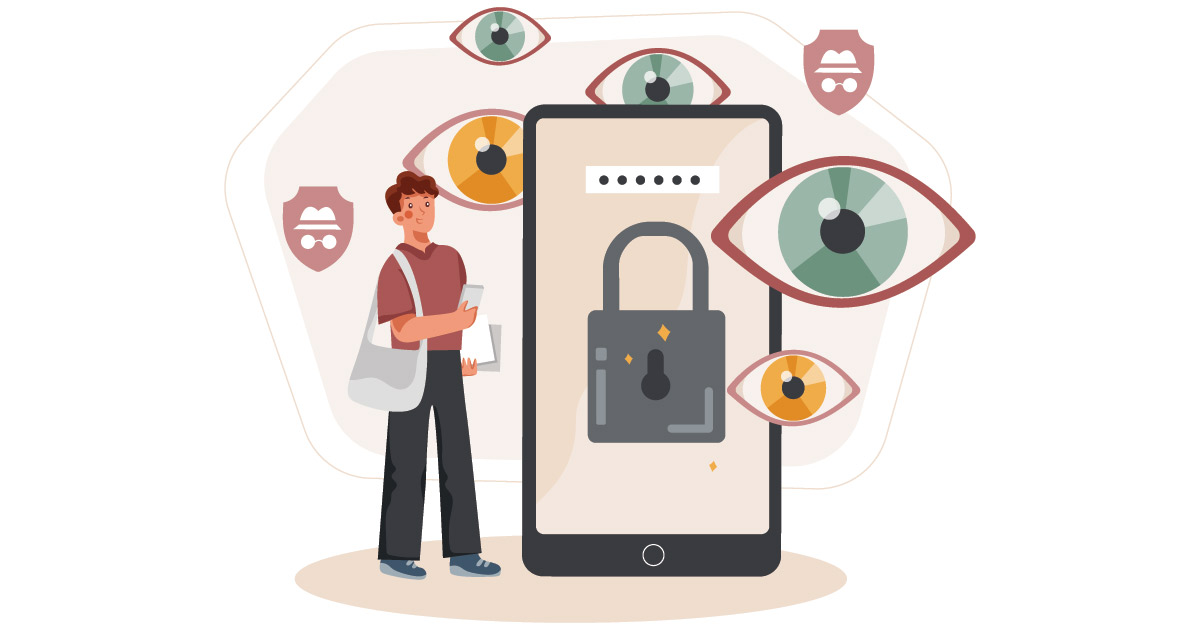A recent Associated Press poll indicates that most Americans think their personal information is vulnerable online. What’s more, 71% of Americans believe that individuals’ data privacy should be treated as a national security issue. In other words, the American people get it: data privacy and security are sadly lacking across the digital ecosystem and consumers are suffering the consequences.
As digital solutions have become nearly ubiquitous, few terms have taken a more central place in our conversations than data privacy and data security. Consumers, businesses, and organizations of various types are tiring of the barrage of data breaches and process failures resulting in unauthorized distribution of their sensitive information.
In previous blogs, we discussed the fact that data is physical and inherently controllable. Much like I can move a candy bar from the left side of my keyboard to the right, leave it there in anticipation, and slap away a hand intent on stealing it, it’s possible to physically control where data goes, where it remains at rest, and who can access it. What does this say about data ownership? Quite a bit, as it turns out.
Information was first digitized in the 1950s, thus ushering in the dawn of data. Then, as now, software was used to create and process data, and like most new technology inventions, security was not inherently built in. Software developers didn’t feel the need to apply controls to the new data objects created. Anyone with access to the software and the rare, expensive computer on which to run it could open, read, modify, delete, or copy this data without limits.
Data is just the geek word for information, right? If I were to provide information about the room in which I write this, I might say that it’s 10 feet by 8 feet with a 12-foot ceiling. You’d realize that it’s a comfortable but not overly large space. To put that information into a database, you would use software to enter each dimension into the appropriate cell and save it to your device’s hard drive. Although this description seems straightforward, the information I just conveyed to you and the corresponding data in a database differ in important respects. Without understanding the distinction, we will always struggle to think accurately about data ownership, privacy, and even cybersecurity.
This article is the first in a series on the physicality of data. I’ll follow up with additional installments of this series over the next several weeks, so check back to see those as they become available. All of us tend to conflate the word “data” with the word “information.” Usually, that’s OK, but collapsing data on a computer and information into one thing rather than two separate things makes thinking accurately about data ownership difficult.













